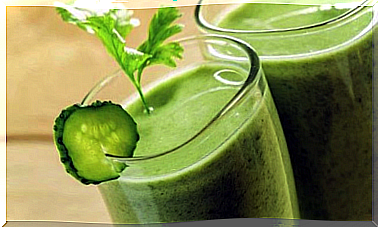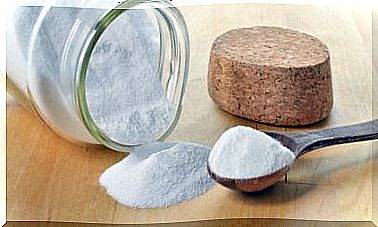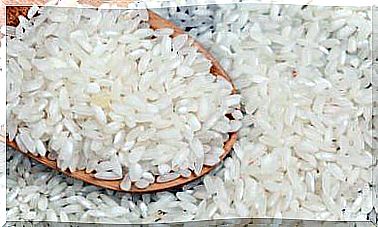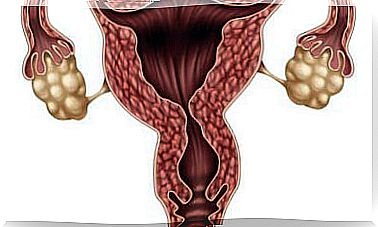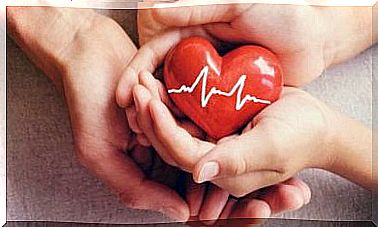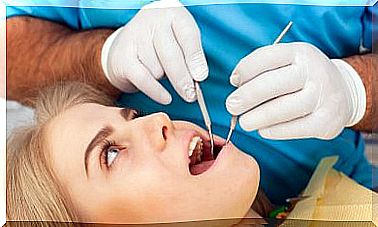4 Things You Should Know About Low Sodium Diets
Low sodium diets are those in which guidelines are established in order to limit the consumption of foods that contain high content of this mineral in their composition.
People who usually or should decide this type of diet are those who suffer from a pathology that worsens with increased sodium in the blood. Some of these situations are people who have high blood pressure, kidney disease, or heart failure. Here are some important points about low sodium diets. Let us begin!
Why do we need sodium?
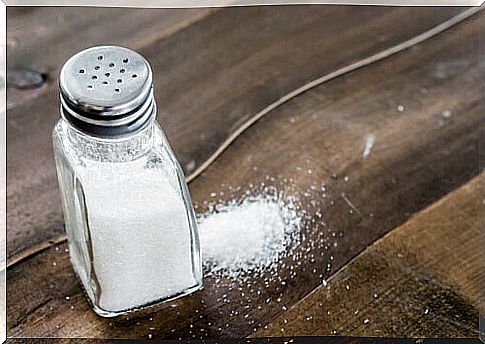
Sodium represents 50% of the composition of common salt, the remaining material being chlorine. For this reason, common salt is known chemically as sodium chloride.
Salt is the largest source of sodium in our diet. However, there is another small part of this mineral that is ingested through food and that is added to food in manufacturing processes.
Sodium is essential for life, but the body only needs a small amount of it. Eating large amounts of salt can be very harmful to your health.
This mineral is essential for the body to stay adequately hydrated, for cell exchanges to take place successfully and for blood homeostasis to be maintained, among others.
How can I tell if a food is low in sodium?
To know if a food contains high or low sodium content, it is important to read the labels of the same. They show the amounts of sodium that the food contains.
The amount of sodium is expressed in milligrams (mg). The column that appears on the food label, expressed as a percentage of daily value, refers to the number of daily needs met with one serving of the food for each nutrient on the list.
In this sense, foods that are low in sodium are those that have less than 5% of the daily percentage of this mineral. On the other hand, those that present more than 20% or more are considered high sodium foods.
Other expressions that can accompany food labeling are:
- Sodium Free – Less than 5 mg of sodium in each serving.
- Very low sodium : 35 mg of sodium or less per serving.
- Low sodium : 140 mg of sodium or less per serving.
- Reduced Sodium – At least 25% less sodium in each serving than the regular kind.
- No or no added salt – No additional salt has been added during food processing, although the food itself may still contain sodium.
Advantages of low sodium diets
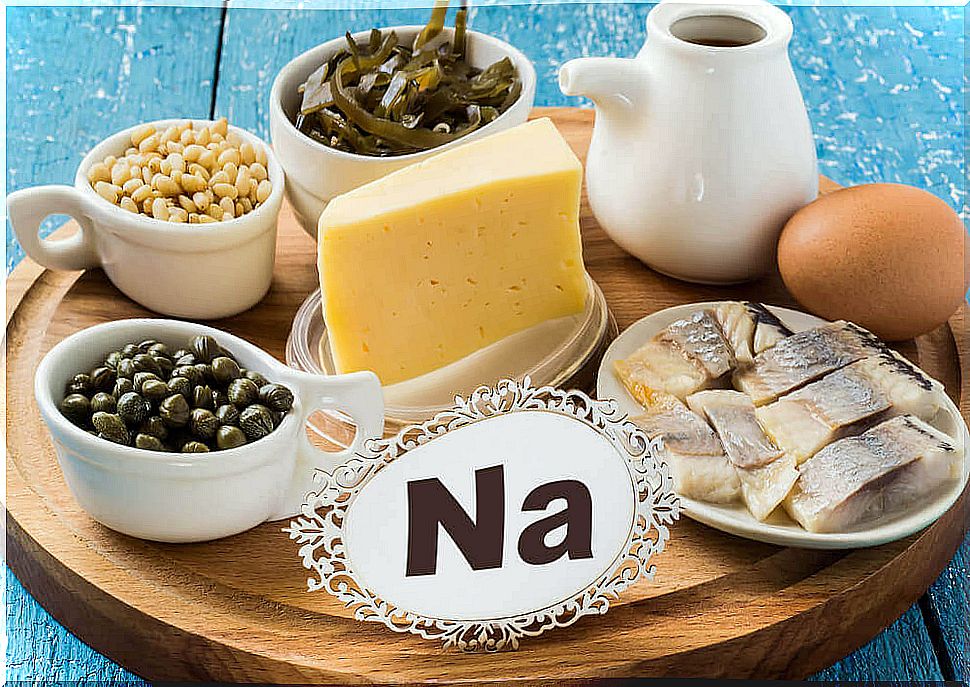
As we have commented, salt is essential for life, but in just the right measure. The benefits of reducing to sustainable levels or only accepting natural salt from food are very high. We collect some of them in the following list:
- Lowers blood pressure : excessive sodium consumption can lead to hypertension, a risk factor for cardiovascular disease. This is stated by a study published in Nutrients .
- Reduction of the risk of certain pathologies : constipation or fluid retention can be benefited if we adopt these eating habits. Some research links lower sodium intake with a reduction in the incidence of cardiovascular diseases.
How do we find balance in low sodium diets?
Sodium-free diets can be good for avoiding all the complications that excess salt causes in the body. However, as we already know, sodium is essential for the proper functioning of the body. Therefore, we must find a balance.
Some recommendations for this are:
- Do not use salt when cooking : food already has natural salts. To enhance the flavor of them, you can use vinegars, spices or lemon. Thus, you will not need to use salt.
- Change cooking methods : the processing of food during cooking is what often removes much of its natural flavor. Learn to cook steamed, in papillotte or wrapping food in greaseproof paper.
- Look for more intense olive oils : they will provide more benefits associated with this and will give an extra touch to your diet.
Eat salt in moderation
Finally, remember that reducing salt content is one of the goals of a healthy lifestyle designed by the World Health Organization. Especially if you suffer from a related disease, your doctor will be able to indicate the most appropriate diet for you.
